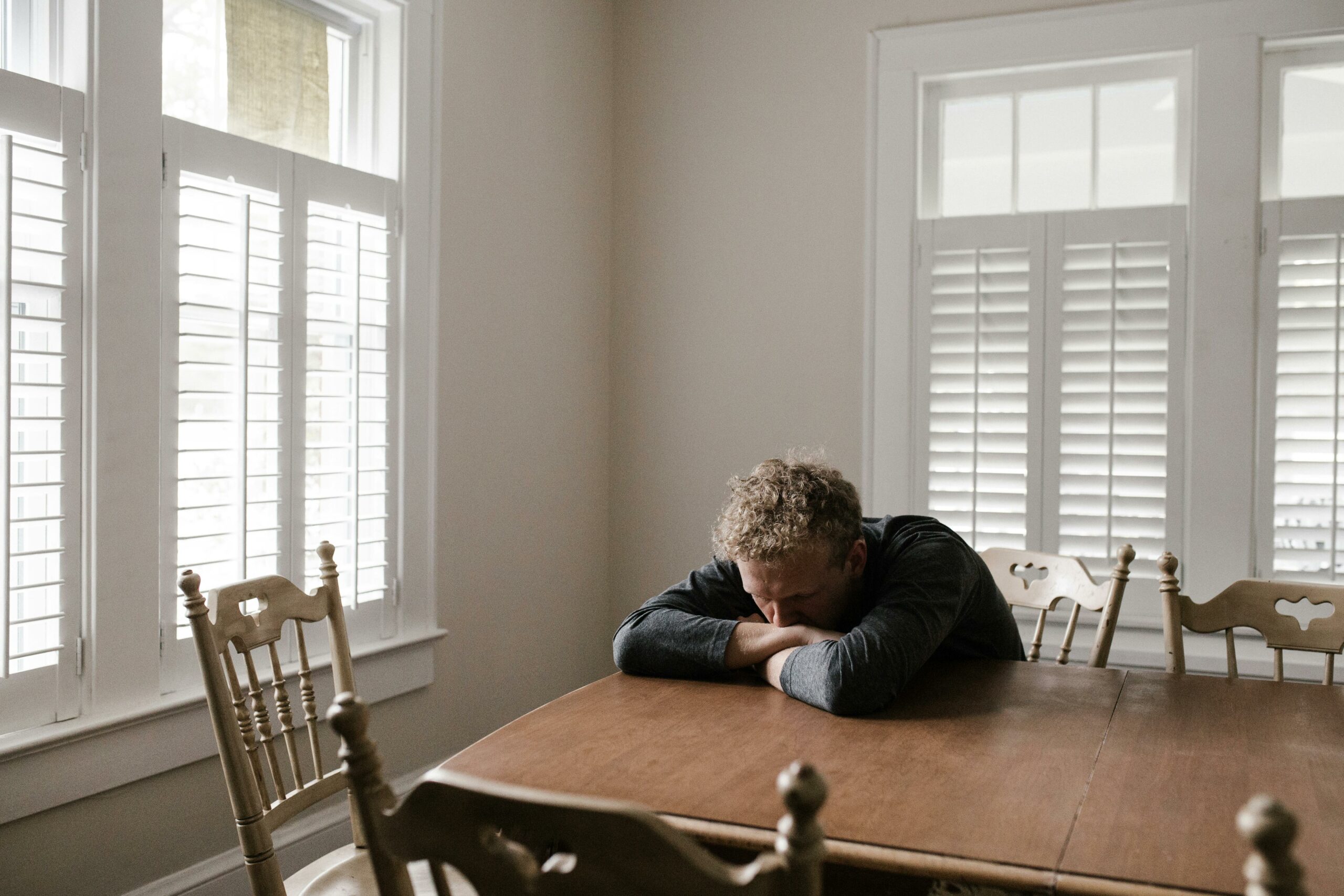Nursing is a sought-after field for people passionate about serving their communities. The nursing career also offers opportunities to grow and pursue different paths. Some nursing roles are more advanced, while others are slightly easier to qualify for. Once you qualify, you can pursue further training and education to advance your career. Becoming a Licensed Practical Nurse (LPN) is one path you can consider.
It is easy to confuse LPNs with registered nurses (RNs) because they have titles that sound similar to each other. However, licensed practical nurses have very different responsibilities than registered nurses. Today’s post will discuss what LPNs are and give you a quick overview of their roles and responsibilities.
What is a Licensed Practical Nurse?
A licensed practical nurse is a healthcare professional who handles several tasks related to taking care of patients and keeping them comfortable in healthcare settings. LPNs typically work as Charge Nurses in long-term care facilities or may be a part of the nursing team in acute care facilities.
Roles & Responsibilities of a Licensed Practical Nurse
The job description of an LPN covers several duties, as they play a major role in various healthcare settings.
Licensed practical nurses are responsible for various tasks in healthcare settings, including:
- Recording a patient’s vitals.
- Helping patients feed and bathe.
- Implementing patient care plans created by physicians or RNs.
- Administering medications to patients.
- Administering tests.
- Changing dressings for wounds.
- Reporting the patient status to a doctor or RN and updating patient charts.
- Function as a charge nurse and manage other healthcare providers.
How Can You Become a Licensed Practical Nurse?

Licensed practical nurses typically complete a year-long training program that includes pharmacology, biology classes, and supervised nursing experience in a clinical setting.
The time it takes to complete your LPN certification can vary based on your chosen program and whether you decide to attend nursing school full-time or part-time. However, here is a quick breakdown of the steps you can take to become a licensed practical nurse:
- Provided you have a high school diploma or GED, you must find and enroll in an LPN program at a vocational institute. It is essential to ensure that you attend an accredited college recognized by the National League of Nursing Accrediting Agency.
- After completing your certification, you must apply for authorization to test through the National Council of State Boards of Nursing and give your National Council Licensure Examination for Practical Nurses.
- Once you receive the results, you can begin applying for a job as a licensed practical nurse.
It is essential to renew your certifications as a nurse by completing the required credit hours through nursing continuing education courses. Online nursing CEUs like the ones offered at Fast CE For Less at https://fastceforless.com/ce-courses-for-nursing/ make it easier for you to recertify through affordable nursing continuing education courses.



